Vacation Rental Safety Tips Every Aspen Property Owner Should Know
Owning a vacation rental in Aspen means more than offering a luxury escape—it requires the assurance that every guest feels secure, comfortable, and well cared for. In a market defined by high expectations and seasonal demand, safety remains a non-negotiable aspect of a successful rental strategy.
Note: Please do your own research and consult an expert builder or property manager. We recommend conducting a complete safety inspection for any vacation rental before going on the open rental pool.
Table of Contents
- Common Types of Safety Concerns
- Fire Hazards in High-Altitude Homes
- Slip-and-Fall Accidents
- Security Oversights in Luxury Rentals
- Emergency Preparedness and Guest Support
- Regulatory Oversight and Compliance Gaps
- How to Implement Vacation Rental Safety Measures
- Verify Insurance Coverage and Liability
- Final Thoughts
Common Types of Safety Concerns
Safety concerns for Aspen vacation rentals go beyond the conventional. The alpine environment, historic architecture, and seasonal weather patterns introduce a distinct set of variables that require precise attention. Owners must address these risks not only through physical upgrades but also through operational discipline and ongoing inspections.
Fire Hazards in High-Altitude Homes
Fire risk remains one of the most critical concerns, particularly in properties with mixed appliance vintages or older gas lines. In homes where guests may use fireplaces or outdoor grills without supervision, the potential for misuse is high. A common issue in short-term rentals is improper grill placement-too close to siding or under eaves. Grills should be placed at least 10 feet from combustible surfaces, and owners are advised to use electric alternatives on balconies or covered porches where open flame is prohibited.
Dryer vents are another often-overlooked ignition point. In high-turnover rentals, lint accumulation can occur quickly, especially when guest use is unsupervised. Vents should be professionally cleaned at least twice a year, and airflow should be tested regularly to ensure no obstructions exist in the ductwork. Monitoring systems like temperature-sensing lint alarms can serve as an added layer of precaution in luxury homes with larger laundry loads.
Slip-and-Fall Accidents
Winter introduces persistent slip hazards-particularly at night when melted snow quickly refreezes. Heated driveway systems and snow-sensor-activated radiant mats are increasingly popular in Aspen, providing automated prevention for guest injury and city citation. These systems are most effective when paired with weather monitoring tools that alert owners or property managers to black ice or rapid overnight accumulation.
Indoors, attention should shift to moisture-prone zones such as mudrooms, where water-resistant flooring and integrated drainage prevent pooling. In bathrooms, anti-scald valves on showers and tubs prevent thermal injuries, especially among children and older guests. Rather than relying on non-slip mats alone, owners should opt for textured tile surfaces and backlit floor transitions that improve visibility in low-light conditions.
Security Oversights in Luxury Rentals
Security failures are often procedural, not technological. While many properties use smart locks, the absence of defined access protocols—such as time-restricted codes or guest identity verification—can undermine their effectiveness. Systems like RemoteLock or Schlage Encode allow for integration with STR platforms, enabling automatic code generation and expiration tied to bookings.

Exterior lighting should follow a layered approach: low-lumen ambient lighting for aesthetics, combined with motion-activated floodlights at entry points. For homes with multiple structures or ADUs, perimeter motion sensors linked to a central dashboard provide real-time alerts to the Qualified Owner’s Representative (QOR), ensuring the 60-minute response window required under Aspen’s STR permit guidelines is met.
Emergency Preparedness and Guest Support
Guests unfamiliar with high-altitude living should receive more than a fire extinguisher and first-aid kit. A digital welcome guide with wildfire evacuation zones, altitude sickness symptoms, and propane shutoff instructions elevates both preparedness and professionalism. Platforms like Touch Stay or Hostfully can deliver this content in a branded, mobile-optimized format.
Evacuation signage should be visible and multilingual, with glow-in-the-dark markings in hallways or stairwells for low-visibility conditions. In properties over 3,000 square feet, consider installing battery-powered emergency lighting in key locations: top of stairs, basement doors, and garage corridors. These fixtures activate during outages and meet commercial hospitality standards increasingly expected in luxury STRs.
Regulatory Oversight and Compliance Gaps
Many safety issues stem from misalignment with Aspen’s evolving STR framework. For instance, installing a new hot tub without updating the property’s permit file or failing to post Good Neighbor Guide materials inside the rental violates operational requirements and can trigger enforcement action.
Common mistakes include exceeding occupancy limits, neglecting to schedule required safety inspections, or failing to update emergency contact information on file with the city. These lapses, while often administrative, undermine the safety infrastructure and expose owners to both civil penalties and reputational damage. Staying current with seasonal policy updates and working with a certified property manager ensures compliance does not become an afterthought.
How to Implement Vacation Rental Safety Measures
Effective safety implementation begins with systemized oversight-structured routines that transform reactive fixes into proactive fortification. A luxury rental must operate with the precision of a boutique hotel. This means integrating risk mitigation into vendor contracts, seasonal servicing cycles, and guest readiness protocols. Owners should establish operational frameworks that move beyond cosmetic upkeep to account for infrastructure, climate-specific vulnerabilities, and transient occupancy patterns.
Schedule and Document Regular Safety Evaluations
Quarterly evaluations should follow a format that allows for consistent documentation, ideally through cloud-based inspection software or a property operations platform. These reviews must delve deep into the structural and mechanical systems of the home-far beyond surface-level aesthetics. For example:
- Climate Control Systems: Evaluate boiler and radiant heat performance, test thermostatic controllers, and verify freeze-protection mechanisms on exterior plumbing lines.
- Snow Load and Drainage: Confirm that rooftop snow retention systems, such as Rocky Mountain Snow Guards, are secure and designed for local load thresholds. Ensure that eaves, gutters, and downspouts are free-flowing and direct runoff away from foundations.
- Electrical Infrastructure: Inspect for corrosion on outdoor GFCI outlets, confirm surge protection for high-value appliances, and replace any recalled breaker models, such as certain iterations of Federal Pacific or Zinsco panels.
Smart systems must be reviewed not only for functionality but also for integration integrity. For instance, occupancy sensors that trigger heating or lighting must align with guest schedules and not override manual settings. Owners should also verify that guest-facing systems; such as wall-mounted tablets or app based controls function without latency or login errors.
Align with Aspen’s Regulatory and Permit Framework
To remain in compliance, owners must ensure that all safety-related upgrades or structural changes are reflected in their STR permit documentation. This includes additions such as EV charging stations, new exterior staircases, or converted accessory dwellings. Each modification may alter fire access, egress, or occupancy codes.

Aspen’s ordinance requires specific operational disclosures and mandates the display of safety materials like the Good Neighbor Guide. Any omissions, such as failing to renew a business license or not updating QOR contact details in the city’s registry can result in permit suspension. For properties in capped districts operating under Classic permits, maintaining regulatory standing also preserves eligibility in a highly competitive permit environment.
Operationalize Emergency Preparedness and Guest Safety Communication
Safety implementation must extend to the guest experience through clear, accessible, and localized communication. Emergency guides should include annotated property maps displaying utility shutoffs, fire extinguisher locations, and alternate exits. Replace generic safety binders with dynamic digital formats that support visual learning such as embedded video walkthroughs and interactive checklists.
In addition to evacuation procedures, provide seasonal briefings tailored to Aspen’s alpine risks. For example, include avalanche zone awareness for properties near backcountry access points, or tips on preventing frozen pipes during extreme cold, such as dripping faucets and opening cabinet doors.
Install discreet but compliant signage identifying the property address for first responders, especially in remote or wooded areas. Equip each structure with a weatherproof emergency kit containing reflective vests, battery banks, and multilingual safety cards. For larger estates, consider designated rally points with solar lighting and QR-coded access to local alerts from Pitkin County’s emergency notification system.
Two-way guest communication tools should operate independently of traditional Wi-Fi when necessary. Incorporate SMS-based fallback systems for critical alerts, especially during utility disruptions. Property managers should maintain response protocols that fulfill Aspen’s QOR response time expectations and ensure that guests always have access to a local support contact whether via app, intercom, or posted emergency line.
These practices, when implemented with discipline and foresight, reinforce the property’s reputation and secure its standing in Aspen’s regulated vacation rental landscape.
Verify Insurance Coverage and Liability
Before reading this section; we highly recommend conducting research with a licensed insurance professional and property manager.
Insurance for vacation rentals in Aspen requires a nuanced understanding of regulatory conditions, risk environments, and the expectations of short-term occupancy. Standard homeowner policies are insufficient for properties operating under STR permits, as they often exclude coverage for guest-related incidents or commercial use. Instead, owners must obtain purpose-built vacation rental insurance that accommodates transient occupancy, protects against third-party claims, and includes business interruption provisions tied to seasonal revenue.
Policy design should reflect the structure and use patterns of the home. For instance, properties with detached guest houses or accessory dwelling units (ADUs) may require separate dwelling riders or multi-location endorsements. Homes with spa features, pools, or ski-in/ski-out access benefit from liability coverage that explicitly addresses high-contact amenities. In wildfire-prone zones, evaluate policy exclusions for smoke damage or mandatory evacuation loss-of-use. For winter, check whether snow load collapse and ice dam water damage are treated as covered perils or require additional riders especially in roof structures with historical claims.
Documentation plays a critical role in insurance performance. Insurers increasingly request evidence of operational readiness, including safety inspection logs, documented STR permits, and records of compliance with Aspen’s life-safety requirements. Maintain a digital archive that includes timestamped maintenance checks, emergency plan updates, and proof of equipment installation. Insurance carriers may audit these details following a claim or during policy renewal, particularly in high-value properties where coverage limits exceed seven figures.
Guests should receive clear, non-technical communication about their responsibilities under the policy framework. Display a brief insurance overview in the welcome guide clarifying that damage caused by negligence, unauthorized use of amenities, or violations of house rules may result in out-of-pocket costs. For higher-risk bookings such as extended stays, group occupancy, or stays during wildfire season - consider implementing a digital acknowledgment form that outlines key liability disclaimers. This not only reinforces expectations but also provides a defensible record in the event of disputes or damage recovery efforts.
With Aspen’s evolving STR landscape and the elevated stakes of luxury property ownership, a well-structured insurance plan is not just protection, it’s part of the property’s operational infrastructure. When paired with precise documentation and guest transparency, it becomes a critical backbone for long-term rental success.
Final Thoughts
Top-performing vacation rentals in Aspen distinguish themselves not just through architecture or amenities, but in the way they anticipate operational complexity before it becomes a liability. Owners who integrate predictive safety systems like smart sensors for water, freeze, or occupancy monitoring, create a responsive infrastructure that supports both real-time protection and long-term asset efficiency.
Procedural clarity becomes a strategic differentiator when tied to municipal engagement and service continuity. For example, maintaining a documented history of smart lock access logs, HVAC service intervals, or pool safety inspections can streamline compliance renewals or facilitate third-party audits. In high-demand zones with permit caps and waitlists, this level of administrative readiness can determine eligibility and preserve market participation.
Safety evolves with the demands of alpine living, shaped by shifting snow loads, fire risk cycles, and guest expectations that prioritize both discretion and preparedness. Owners who adapt to these conditions with precision by refining evacuation plans, integrating multilingual digital guides, or installing pool alarms that meet ASTM standards position their homes as benchmarks of luxury preparedness in a regulated, performance-driven market.
Prioritizing safety in your Aspen vacation rental not only protects your investment but also elevates the guest experience in a highly competitive market. When you're ready to take the next step whether enhancing your current property or exploring new opportunities expert insight can make all the difference. Contact Ryan Schwartz for professional guidance in buying or selling luxury real estate; we’re here to help you navigate Aspen’s dynamic market with confidence and discretion.


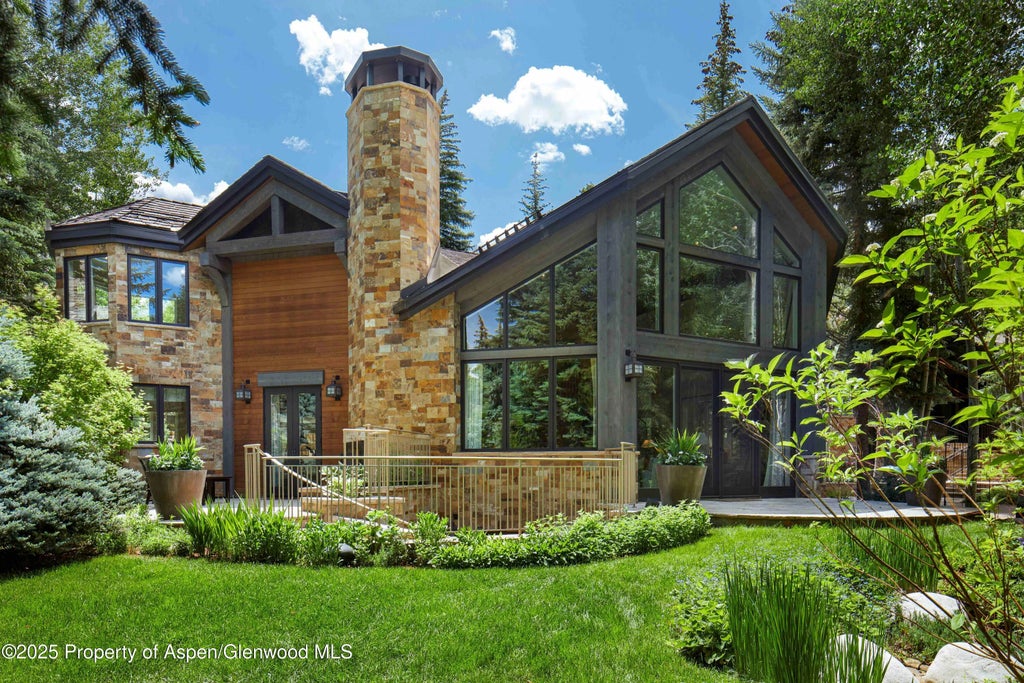
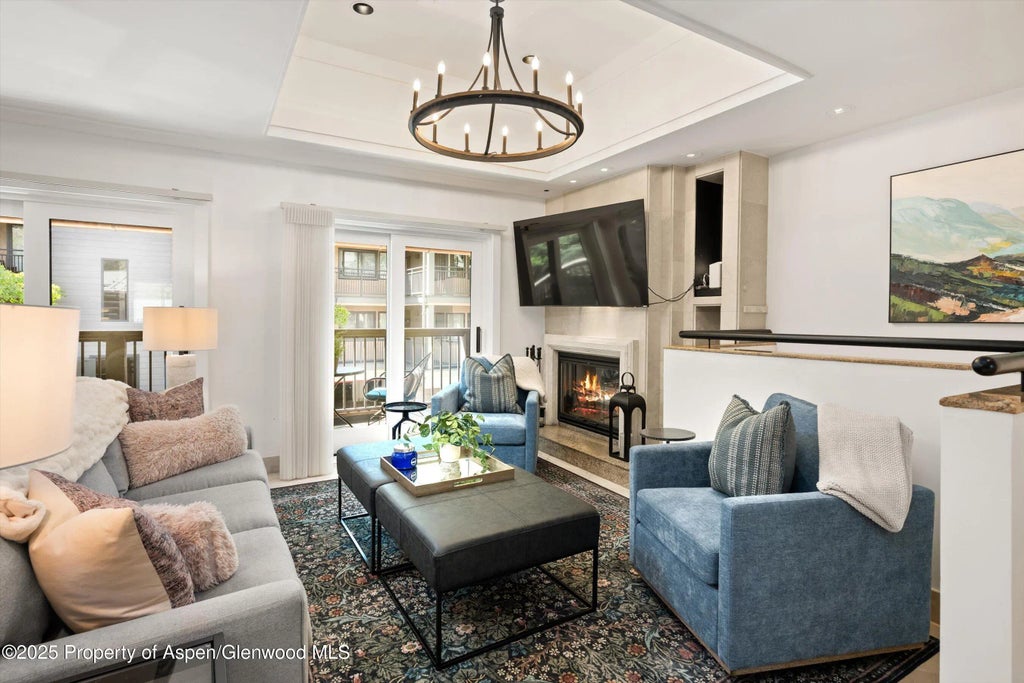
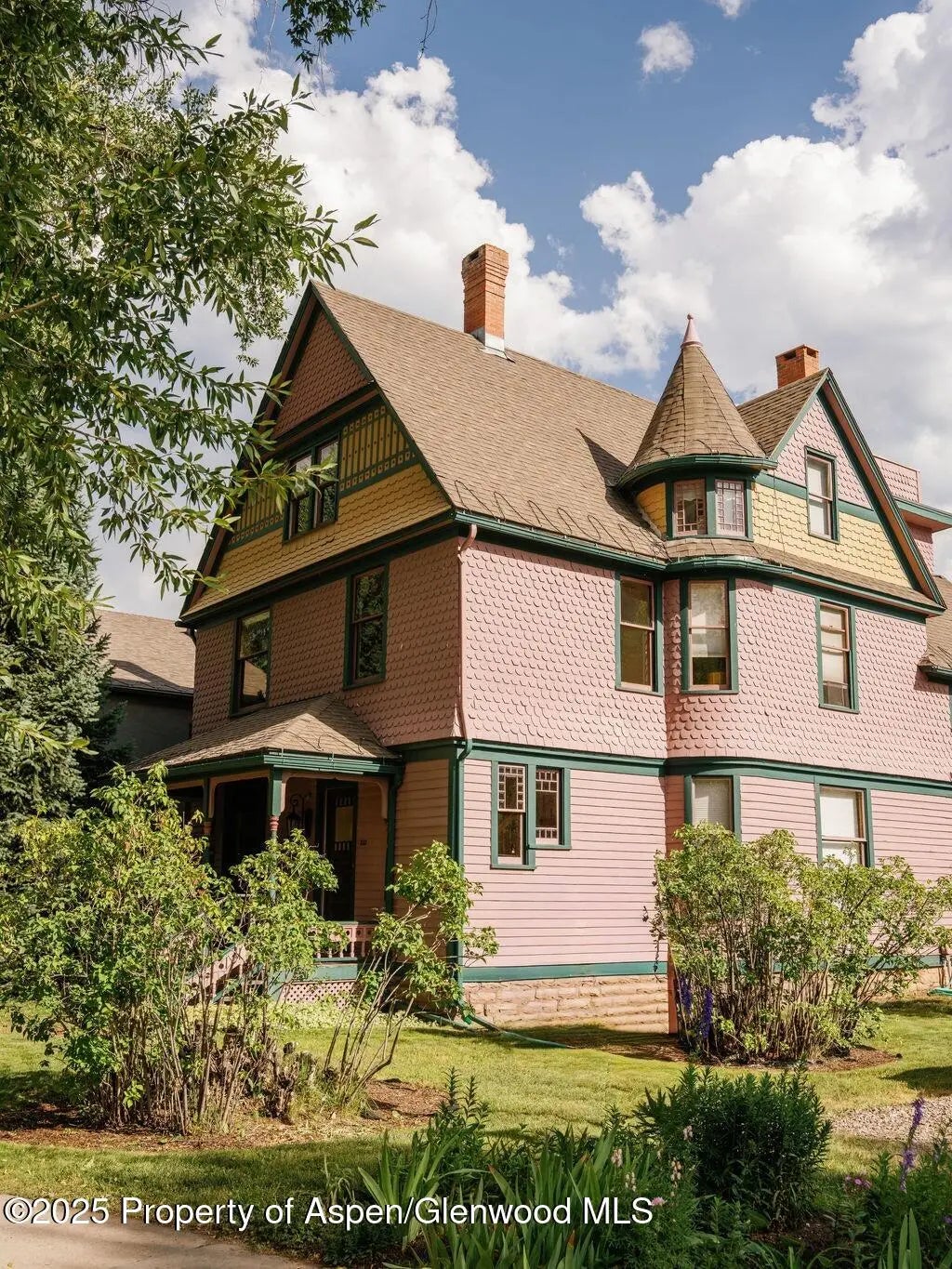
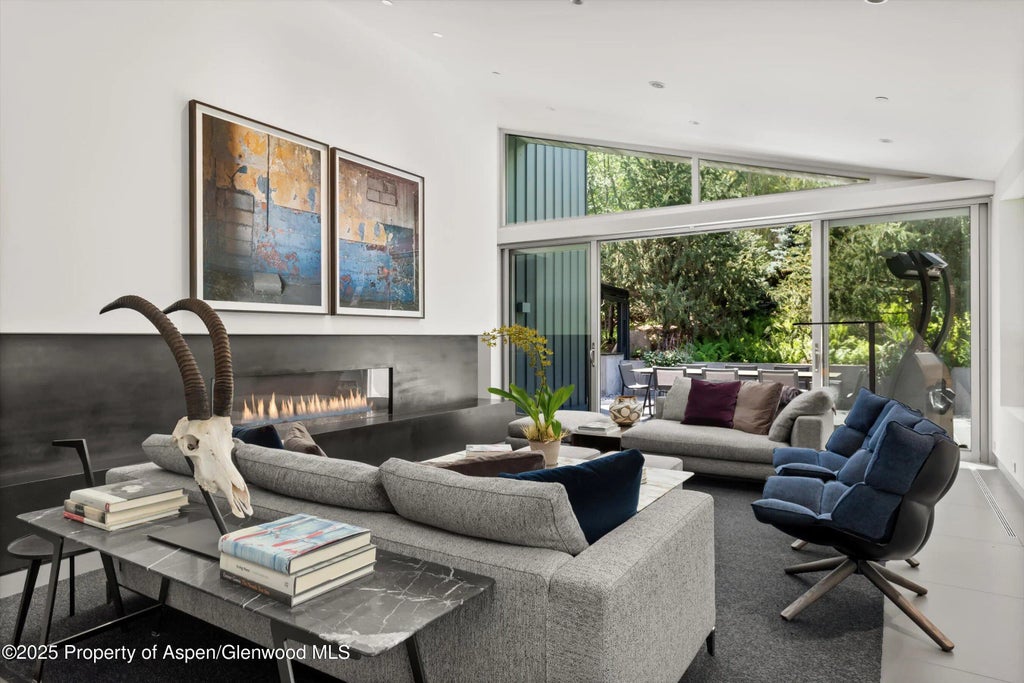
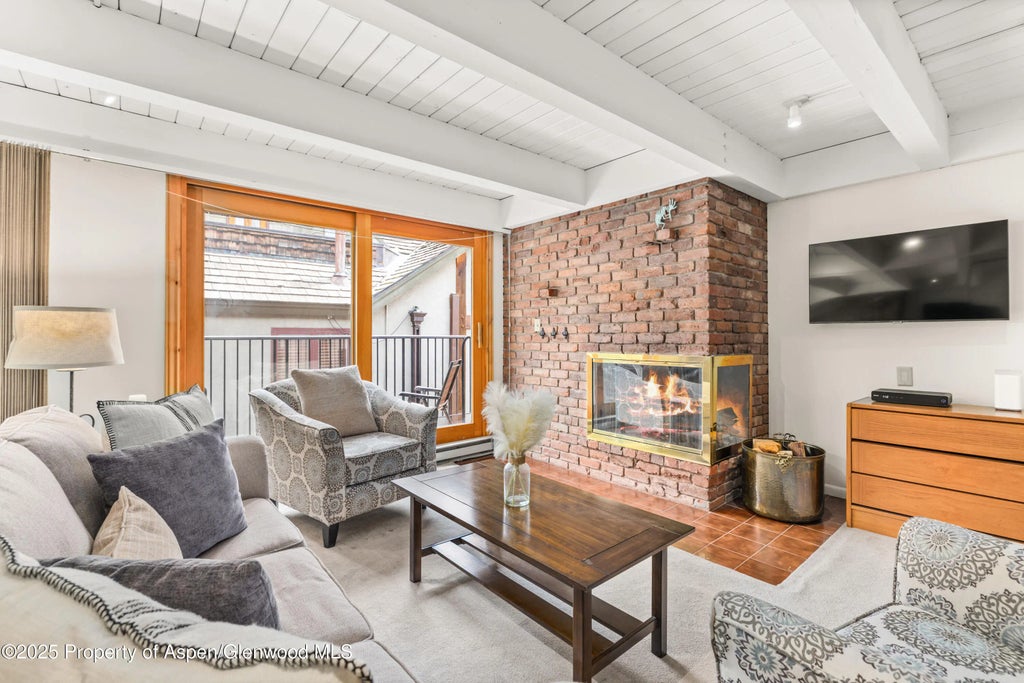
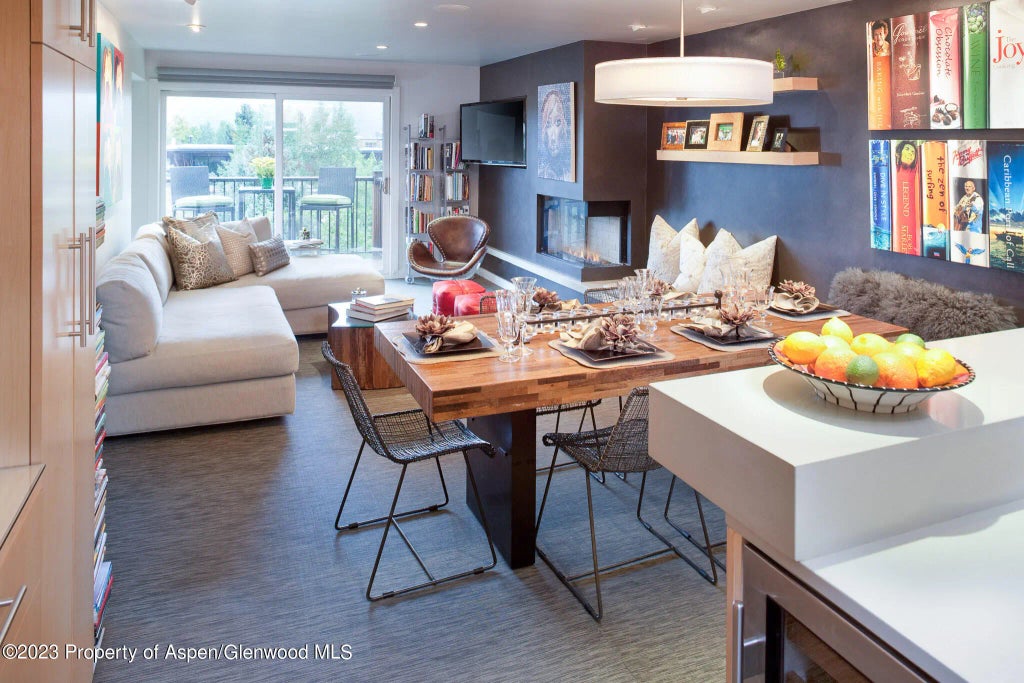
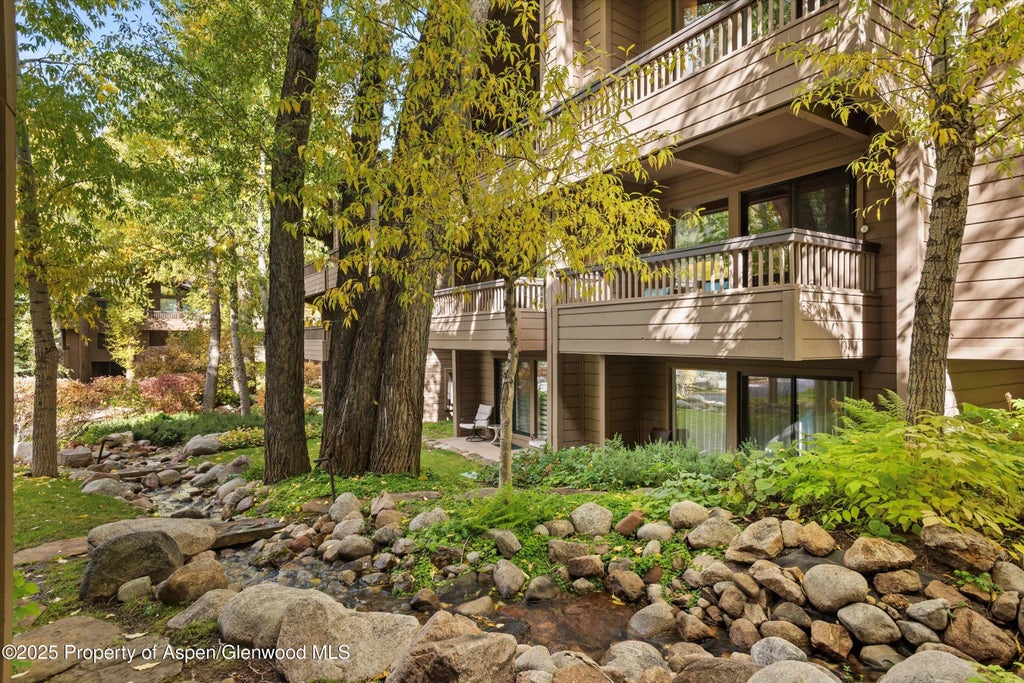
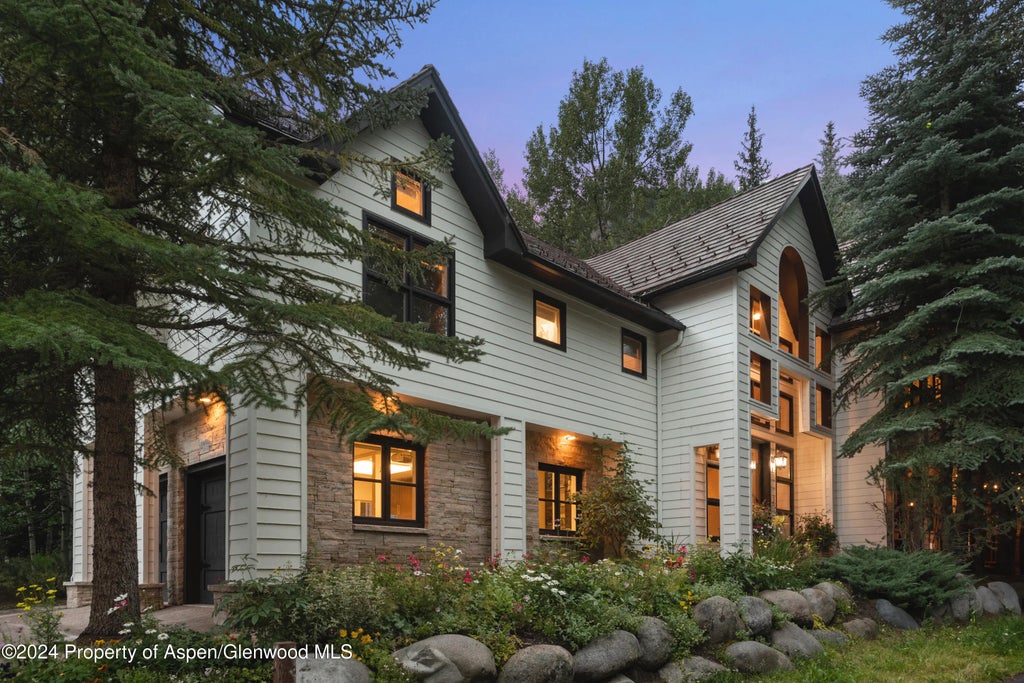
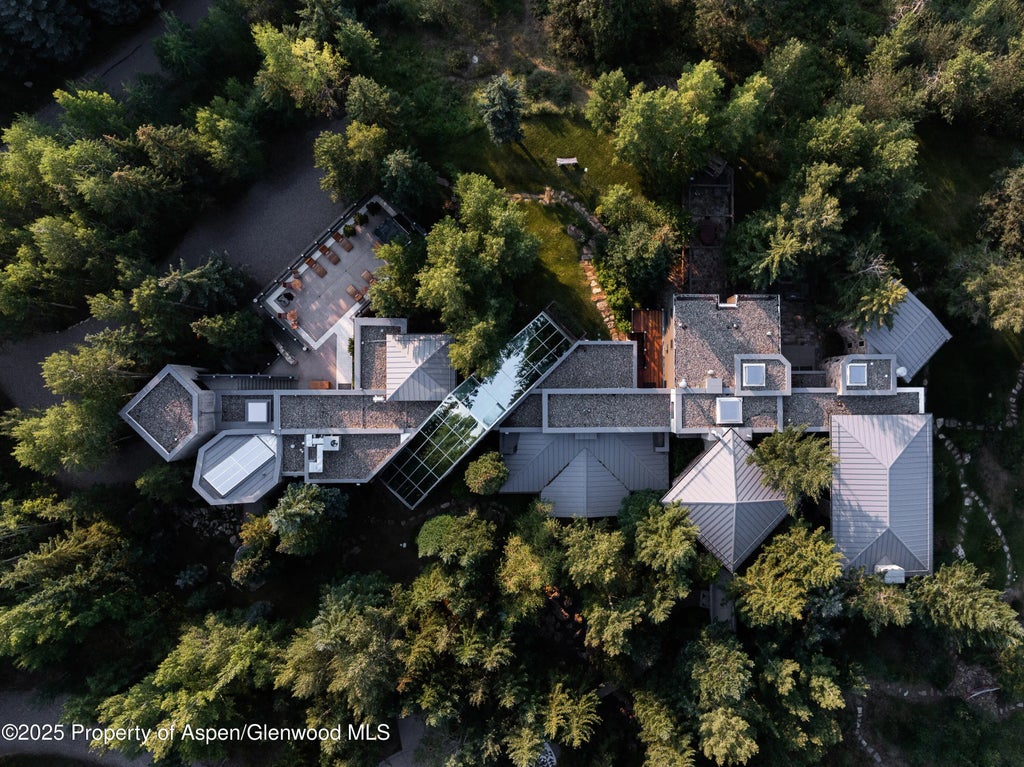
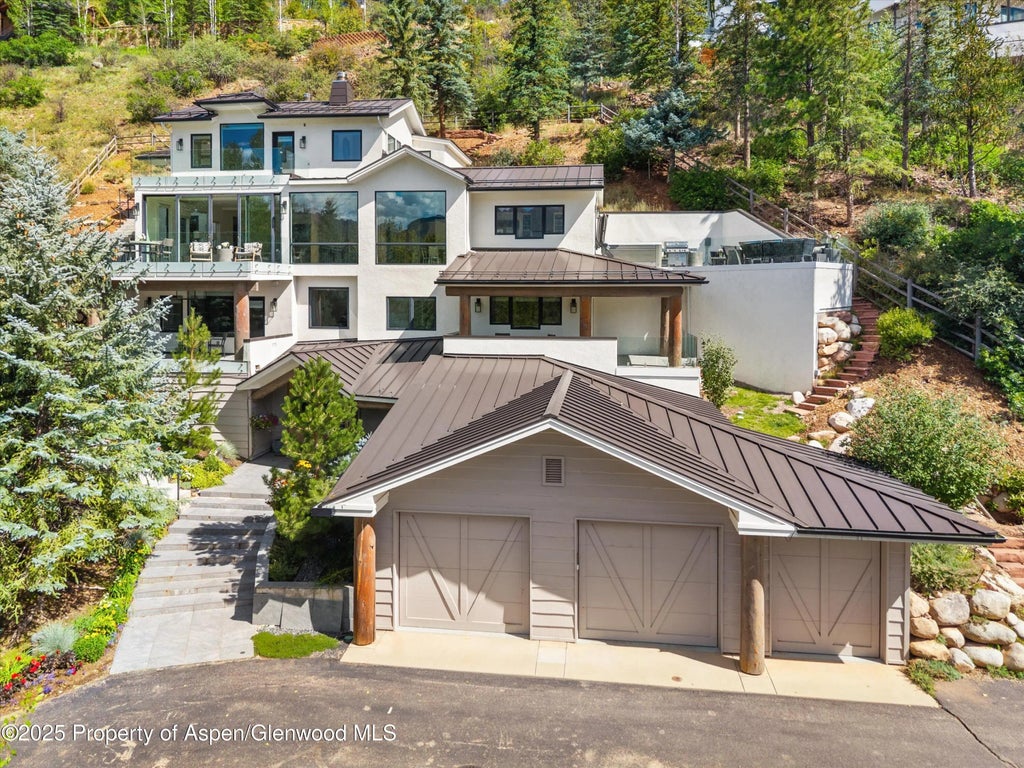
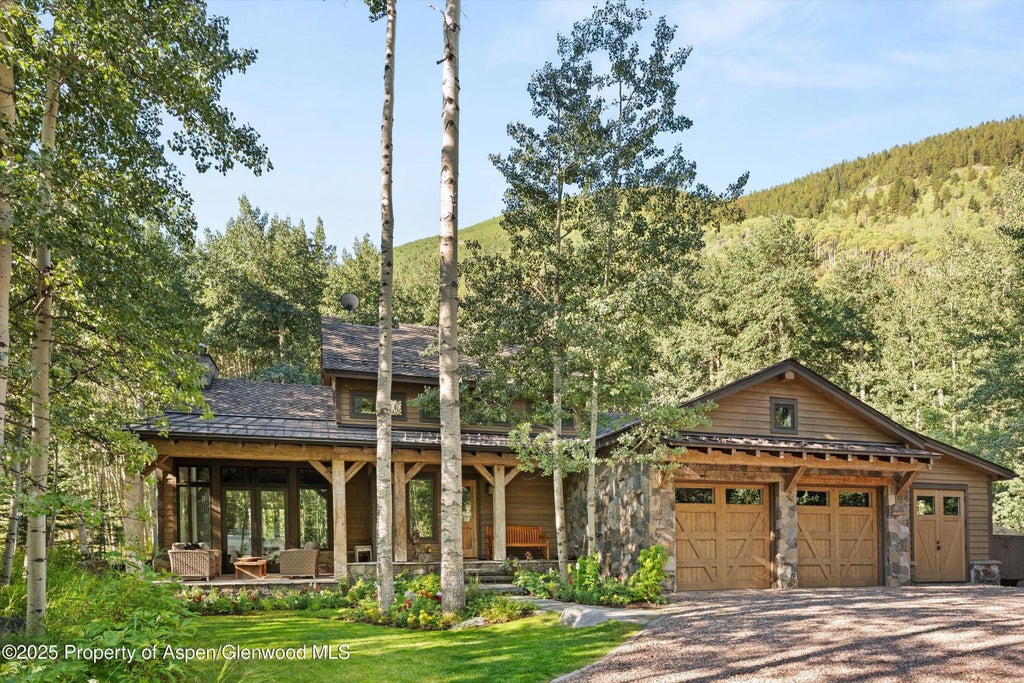
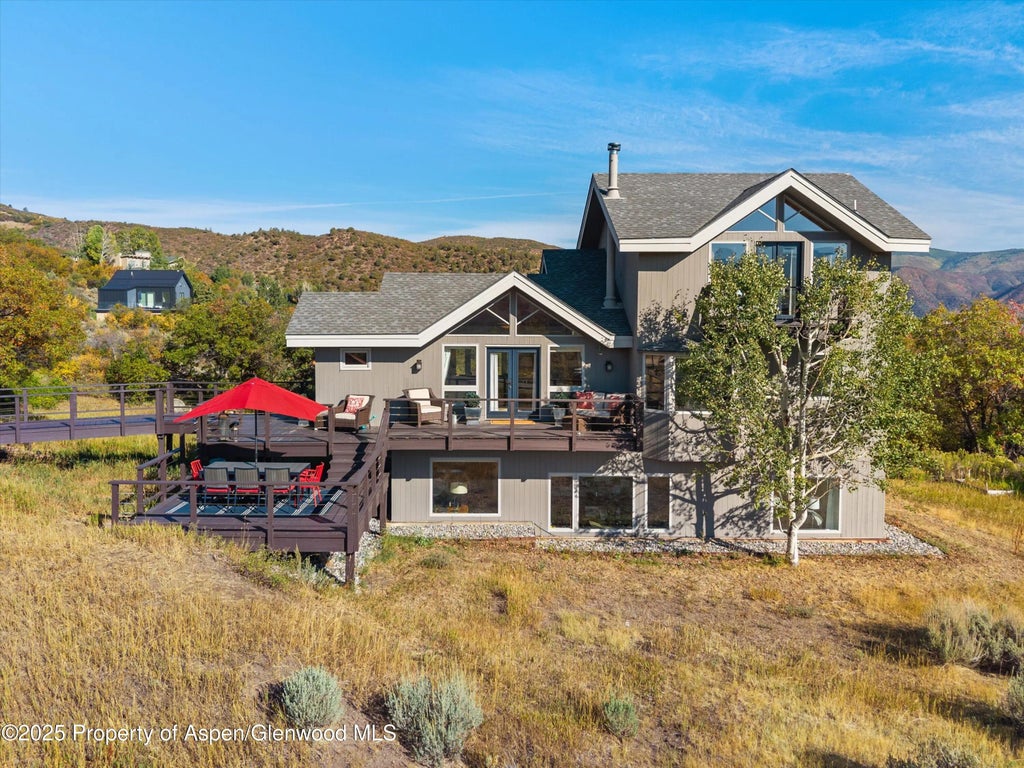
Leave A Comment